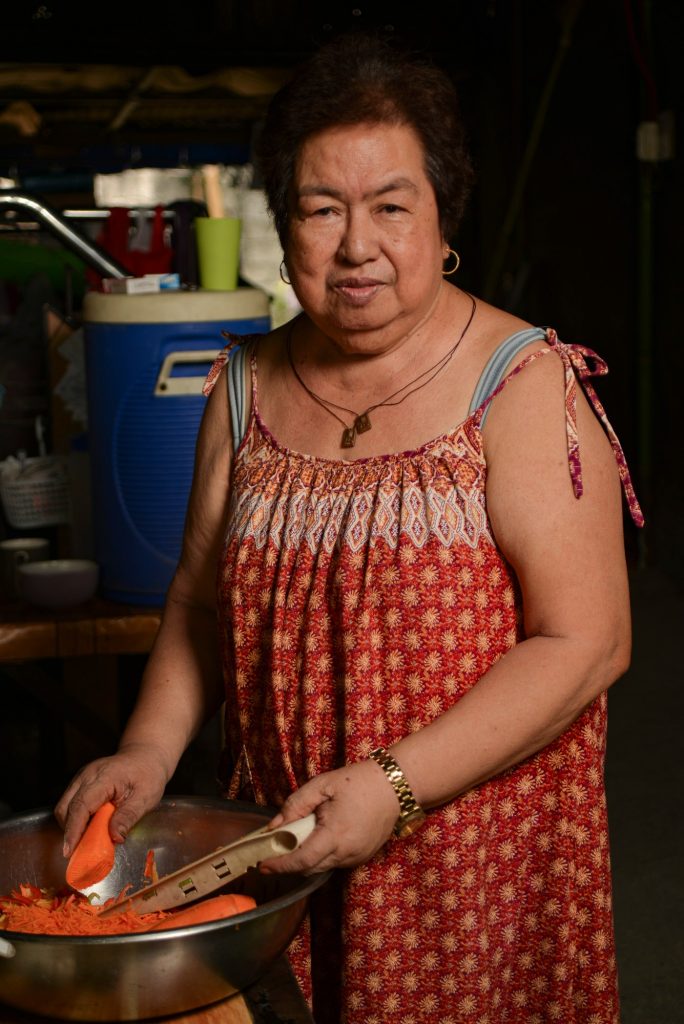“When I arrived in Bacolor in 1972 after marrying my husband from here, the community was already cooking various types of suman, including tamales. I’ve never been a good cook. I’m from San Simon, Pampanga, and I never learned to cook when I was younger. The community is responsible for teaching me how to cook,” Pilar Cabigting, a well-known tamales maker in Cabalantian, Bacolor, Pampanga, shared.
During the British occupation, when the British captured Manila, Bacolor became the exiled government of Governor General Simón de Anda y Salazar from October 6, 1762, to May 30, 1764. And in the latter part of the twentieth century, it suffered tremendously because of the rampaging of lahar as a result of the Mt. Pinatubo eruption, with mass relocation of people to different resettlement sites in Pampanga farther from chaotic mudflows. The pamagtamales were halted at this point.

“Resettlement households were too small. This type of food cannot be easily prepared because it requires more space and manpower, “Pilar said. After a period of time, in the late 1990s, Pilar’s family moved back to Cabalantian and had to start from scratch and single-handedly, as her husband had died from a blood cloth and the children needed to attend school.
“Ing tutu man, ala yang sikretu. Ing kaku, didinan ke mung marakal a pigang ngungut. Kaya mal ya (I’ve got no secret. My tamales are made with a lot of coconut milk, which makes the flavor ooze. This is the reason why it’s a bit pricey), Pilar said. “Even my children maintain this sole ingredient. I believe they can continue the same process to maintain the legacy taste, even when I am no longer around,” she added.
Up to 1000 tamales can be produced a day under the name Laring’s Tamales, which Pilar manages with her kids, during the busiest times of the year. –Text & Photos by Ruston Banal




